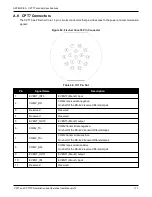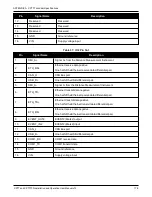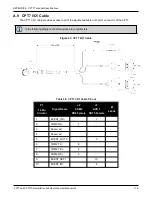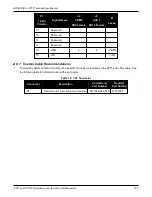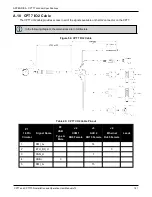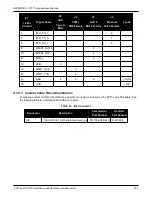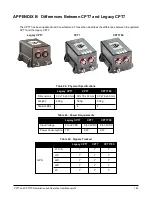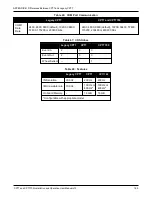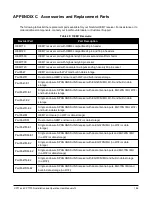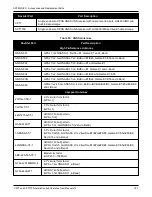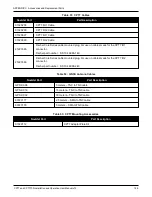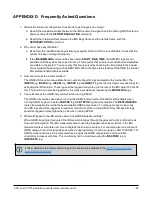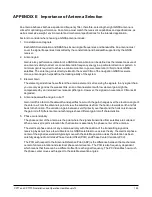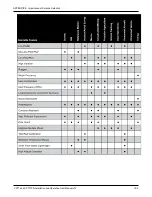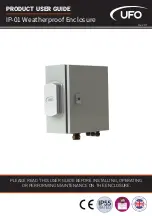
CPT7 and CPT7700 Installation and Operation User Manual v12
190
APPENDIX E Importance of Antenna Selection
An antenna behaves both as a spatial and frequency filter, therefore, selecting the right GNSS antenna is
critical for optimizing performance. An antenna must match the receiver’s capabilities and specifications, as
well as meet size, weight, environmental and mechanical specifications for the intended application.
Factors to consider when choosing a GNSS antenna include:
1. Constellation and signals
Each GNSS constellation and SBAS has its own signal frequencies and bandwidths. An antenna must
cover the signal frequencies transmitted by the constellation and bandwidth supported by the GNSS
receiver.
2. Antenna gain
Gain is a key performance indicator of a GNSS antenna. Gain can be defined as the relative measure of
an antenna's ability to direct or concentrate radio frequency energy in a particular direction or pattern. A
minimum gain is required to achieve a minimum carrier-to-power-noise ratio (C/No) to track GNSS
satellites. The antenna gain is directly related to the overall C/No of the navigation GNSS receivers.
Hence, antenna gain helps define the tracking ability of the system.
3. Element Gain
The element gain defines how efficient the antenna element is at receiving the signals. In any signal chain,
you are only as good as the weakest link, so an antenna element with low element gain might be
compensated by an increased low noise amplifier gain. However, the signal-to-noise ratio or C/No is still
degraded.
4. Antenna beamwidth and gain roll-off
Gain roll-off is a factor of beamwidth, and specifies how much the gain changes over the elevation angle of
the antenna. From the antenna’s point of view, the satellites rise from the horizon towards zenith and fall
back to the horizon. The variation in gain between zenith (directly overhead) and the horizon is known as
the gain roll-off. Different antenna technologies have different gain roll-off characteristics.
5. Phase center stability
The phase center of the antenna is the point where the signals transmitted from satellites are collected.
When a receiver reports a location fix, that location is essentially the phase center of the antenna.
The electrical phase center of any antenna will vary with the position of the transmitting signal it is
receiving by as much as a few millimeters. As GNSS satellites move across the sky, the electrical phase
center of the signal received will typically move with the satellite position unless the antenna has been
carefully designed to minimize Phase Center Offset (PCO) and Phase Center Variation (PCV).
The PCO with respect to the Antenna Reference Point (ARP) is the difference between the mechanical
center of antenna rotation and electrical phase center location. The PCO is also frequency dependent
which means that there can be a different offset for each signal frequency. The PCV identifies how much
the phase center moves with respect to the satellite elevation angles.


